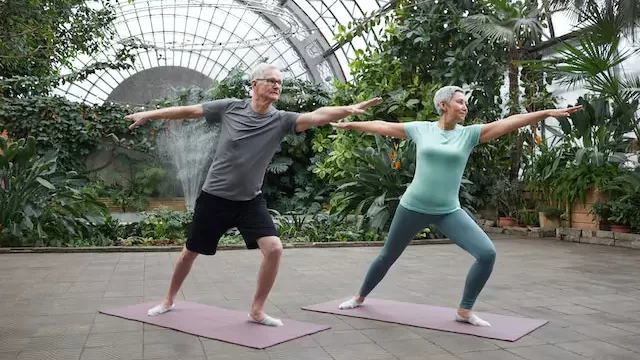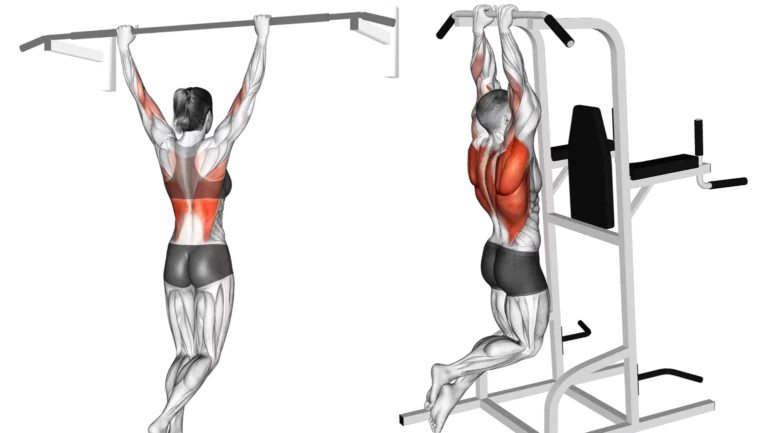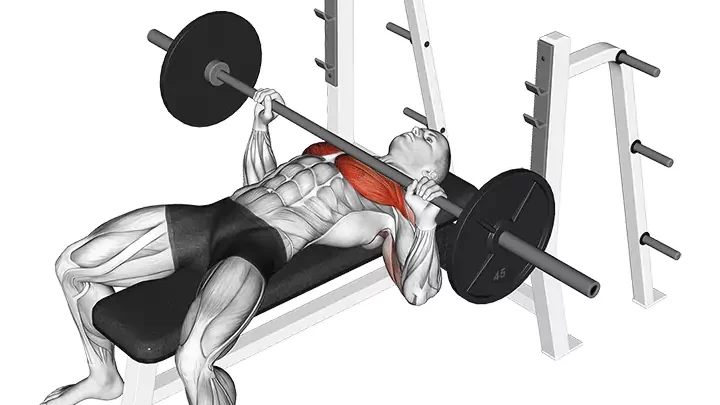As we age, it becomes more important than ever to stay fit and healthy. Regular exercise can help to reduce our risk of developing chronic diseases, improve our balance and coordination, and increase our energy levels.
If you’re a senior, you may be wondering where to start when it comes to fitness. There are so many different types of exercises and activities to choose from, and it can be difficult to know what’s right for you.
That’s where this guide comes in. We’ll cover everything you need to know about fitness for seniors, from the best exercises to the most common health concerns. We’ll also provide you with some tips on how to create a fitness routine that’s right for you.

Best Exercises for Seniors
There are many different types of exercises that are beneficial for seniors. However, some of the best exercises for seniors include:
- Walking: Walking is a low-impact exercise that is easy on your joints. It’s also a great way to get some fresh air and sunshine.
- Swimming: Swimming is another low-impact exercise that is good for seniors. It’s also a great way to cool off on a hot day.
- Tai chi: Tai chi is a gentle form of exercise that involves slow, flowing movements. It’s a great way to improve your balance and coordination.
- Yoga: Yoga is another gentle form of exercise that can help to improve your flexibility and strength.
- Strength training: Strength training exercises can help to build and maintain muscle mass. This is important for seniors, as it can help to reduce their risk of falls and other injuries.
Related:
Health Concerns for Seniors
There are a few health concerns that seniors should be aware of when it comes to fitness. These include:
- Arthritis: Arthritis is a common condition that can cause pain and inflammation in the joints. If you have arthritis, it’s important to choose exercises that are low-impact and easy on your joints.
- Heart disease: Heart disease is another common condition among seniors. If you have heart disease, it’s important to talk to your doctor before starting any new exercise program.
- Osteoporosis: Osteoporosis is a condition that weakens the bones and makes them more likely to break. If you have osteoporosis, it’s important to choose exercises that help to strengthen your bones.
Creating a Fitness Routine for Seniors
When creating a fitness routine for seniors, it’s important to start slowly and gradually increase the intensity and duration of your workouts over time. It’s also important to choose exercises that you enjoy and that are appropriate for your fitness level and health concerns.
Here are some tips for creating a fitness routine for seniors:
- Set realistic goals: Don’t try to do too much too soon. Start with small goals, such as walking for 30 minutes three times a week. Once you’ve achieved those goals, you can gradually increase the intensity and duration of your workouts.
- Choose exercises that you enjoy: If you don’t enjoy an exercise, you’re less likely to stick with it. Choose exercises that you find fun and challenging.
- Listen to your body: If you’re feeling pain, stop the exercise. Don’t push yourself too hard.
- Find a workout buddy: Exercising with a friend or family member can help you to stay motivated and accountable.
Conclusion
Fitness is important for seniors of all ages. Regular exercise can help to reduce your risk of developing chronic diseases, improve your balance and coordination, and increase your energy levels.
If you’re a senior, there are many different types of exercises and activities that you can do to stay fit and healthy. Be sure to choose exercises that are appropriate for your fitness level and health concerns. And don’t forget to listen to your body and set realistic goals.
FAQs
What is the best type of exercise for seniors?
The best type of exercise for seniors is the type that they enjoy and that is appropriate for their fitness level and health concerns. Some good options include walking, swimming, tai chi, yoga, and strength training.
How often should seniors exercise?
Seniors should aim for at least 150 minutes of moderate-intensity aerobic activity or 75 minutes of vigorous-intensity aerobic activity each week. They should also do muscle-strengthening activities




